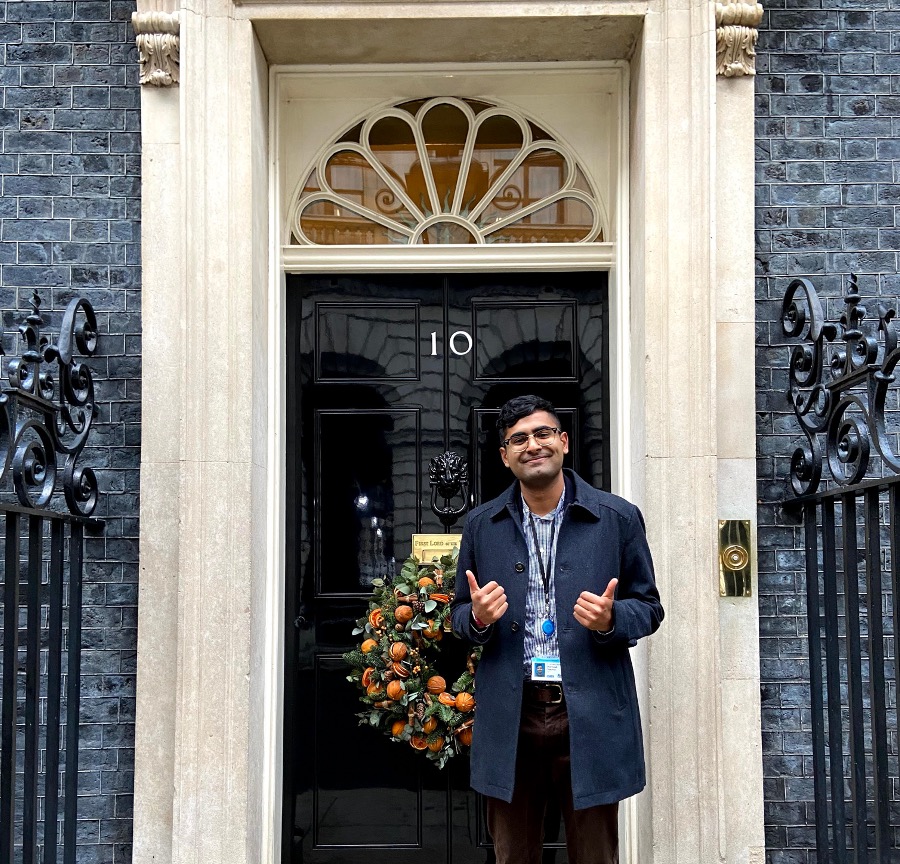As a Product Manager, I’ve ran several workshops with organisations such as Channel 5, the NHS, and the UK Government. Running a workshop can be tough. I’ve noted down my top seven facilitation techniques to help you run the perfect workshop remote or in-person.
 Photo by fauxels from Pexels: https://www.pexels.com/photo/photo-of-people-holding-each-other-s-hands-3184423/
Photo by fauxels from Pexels: https://www.pexels.com/photo/photo-of-people-holding-each-other-s-hands-3184423/
1. Have designated roles
Designate individuals in your team to fulfil specific responsibilities.
I like to have a co-presenter to ensure I can have a break in-between. It’s good to have someone who can present the workshop on your behalf if there’s an emergency.
I like to have a note-taker to capture all the interesting conversations that happen during a group exercise or discussion. That’s where the magic is, and that piece of insight can really help you on your project.
Finally, I recommend a timekeeper. If you feel like you are slipping on time, the timekeeper can help you to move things along to get back on the task at hand.
2. Have a clear agenda and outcome you want to achieve
An agenda helps you to manage your time, and it helps you to move the discussion along if you feel like you are going off-track.
Workshops don’t always run smoothly (I talk to this later). You need to be clear about what you want to achieve. Prioritise your most important questions first. Using the dot-voting method to narrow down topics of discussion can be helpful.
3. Regular breaks
Please don’t run a workshop for more than 1 hour without a break. People are not machines. You want people at their best so treat them with kindness. Whether it is remote or in-person, you don’t know if an individual has health issues, which makes it difficult for them to give you your full attention. Take your time! Remember they are giving up their time to be here. It’s also good for the host to take that break. If you have a two-hour workshop, I’d have a 10–15 minute break in between the hour.
4. Mix up thinking and interactive time
Introverts crave quiet time. Extroverts love conversations! I like using the liberating structure here (1–2–4 method). Ask participants to quietly jot down thoughts for a minute. Then ask them to pair for 2 minutes. Then ask them to become a group of four and share their feedback.
5. Build a shared understanding
Sometimes it takes a while for people to warm up. Some people use icebreakers to get the creative juices flowing. I like to use prompts to get people thinking.
For example, if I am running a workshop centred around how we can improve the experience of our users, I get my participants to put themselves in the shoes of our users. I present our personas and key findings from our data and user research. You can run an evidence safari to really help build a shared understanding.
6. Be flexible
It’s inevitable that your agenda will go off-track. Someone may arrive late, or you may encounter something that takes longer than you anticipated. When this happens to me, I look to the parts of the agenda I can shorten, re-jig breaks, reduce future discussion time, to ensure we get to where we need to.
A good way to manage off-tangent conversations is to have an icebox. It can be section on the wall where you document thoughts which are not entirely relevant to the outcome you are looking for. It means you acknowledge what they are saying but you won’t spend all your time talking about it.
In other workshops, I used the ‘referee system’. I don’t always use this as it is a bit dramatic, but you can create a signal that you agree at the beginning of the workshop to flag to the speaker that they should wind their point down.
7. Retrospective
People don’t always respond after you send out a survey after a workshop. By the time they do respond, they might have forgotten something key. Running an informal retro at the end of the workshop means you can get immediate feedback for the next workshop.
I typically ask:
- what went well
- what didn’t go well
- what do you want to see going forward
What are your top tips for a perfect workshop? I’d love to hear from you.

